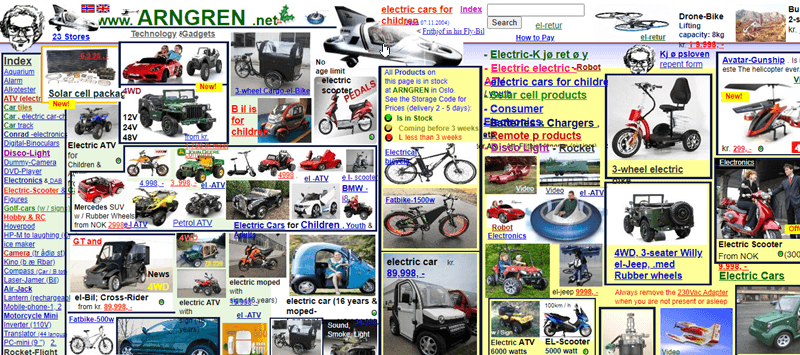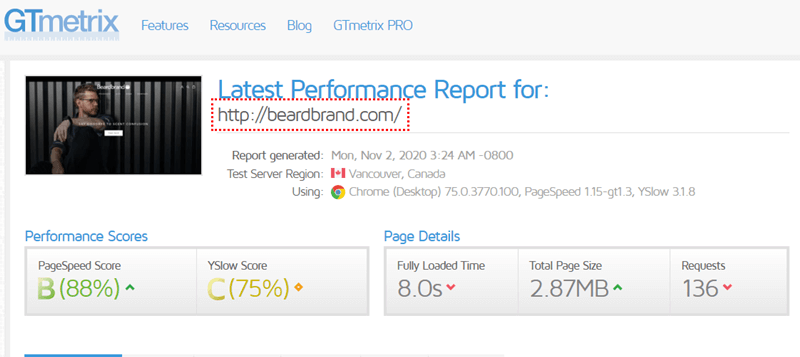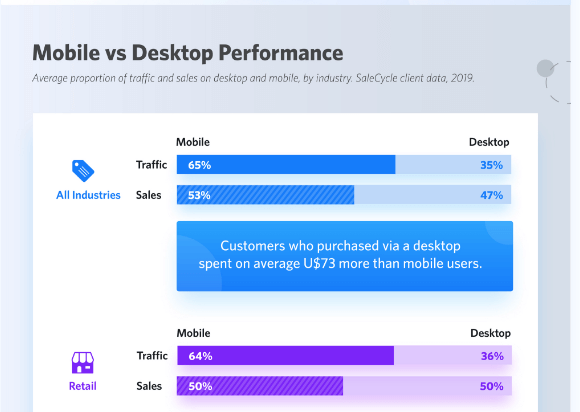Customers repeat their orders (Repeat Sales). What is the one thing keeping customers away from eCommerce stores, even when they are driving traffic to their products?
For the most part, however, Instagram ads, Influencer Marketing, Facebook ads, and other marketing strategies can only take you far mostly. The much you can expect from isolated marketing activities is the one-time sale of the product.
When you get referrals and repeat sales, however, it totally depends on your eCommerce customer experience.
Buyers usually prioritize excellent customer experience over discounts and less expensive products. A study suggests that around 86% of buyers are willing to pay more when they get a better customer experience.
Well, in the next coming sections, we will be discussing what an eCommerce customer experience is, and how to enhance your eCommerce customer experience in this competitive market.
So, without any further ado, let us dive in!
What is an E-commerce Customer Experience?
If put in simple words, e-commerce customer experience means how you make your customers feel. It is the anticipated impression your customers have about your brand.
Good customer experience is about winning customers’ ballots by engaging to their emotions and logic.
However, customer experience is not the same thing as or is limited to customer service. While both can be used interchangeably but one must look at the larger picture.
Customer service refers to the support you offer to your customers. Customer experience suggests the overall impression that you make on your customers. This includes all the meeting points between your customers and yourself.
What is the importance of the Ecommerce Customer Experience?
Well, customer experience is the prime aspect of keeping existing customers and gaining more customers at a similar time.
When you provide a good customer experience it leads to more happy and cheerful customers. And similarly, happy customers will turn into brand evangelists.
When you have more happy and satisfied customers, you can maximize your customer acquisition costs. Instead of struggling to acquire new customers, you will be receiving referrals from your happy customers by themselves.
What do customers do after having a bad or a good customer experience?
Well, a study has shown that around 36.7% of customers tell their family and friends about a good experience they witnessed with a brand. And approximately 33.7% of customers tell friends and family about the bad customer experience they had with a brand.
Although the stat is only a year old and may fluctuate a little however it is still true that humans are social creatures and have innate instincts to share their successes.
So this concludes that you receive an additional unpaid brand ambassador with every happy customer you get.
A similar thing goes for an unhappy customer. But only around 20.1% of customers leave feedback to a company after witnessing a negative experience. So the majority of customers will stop using a bad service, without leaving any feedback to the company.
Now, this is more of a pivotal job your e-commerce customer experience should be stellar. With every bad and average e-commerce customer experience, you stand at the risk of losing more and more customers.
Besides, with more e-commerce brands emerging, a well-designed e-commerce customer experience is the best way to stand out in a sea of e-commerce brands.
Your identity and culture are defined by your customer experience. This is the best growth strategy to adapt to economic stress and unpredicted events.
When you have more referrals and a decrease in the advertising budget, the expansion of your eCommerce business becomes more secure.
To top it all, it costs more to win new customers than to keep or retain an existing or old customer.
Are you ready to enhance your customer experience? Let’s get deeper.
Points to Enhance Customer Experience for your Ecommerce Business
It cannot be a surprise that customers buy brands and not their products.
So you have to impress your customers and provide them with an all-around unforgettable customer experience.
1. Develop a User-Friendly Website:
Let’s start with the obvious. An e-commerce store’s website is what pertains to an e-commerce business. Either your website can make your business or break your business.
As we have discussed before, exquisite customer experience is a culture. And the culture should be evident in all activities.
Your first interaction or first impression with your potential customers will usually be via your brand’s e-commerce website.
This is where your organic traffic and paid ads should be directed. As always, the first impression is everything.
Your potential customers will not be impressed by your brand if they are directed to an unprofessional or poorly designed e-commerce website.
The recognized impression influences the customers’ interaction with your e-commerce brand.
Below is an example of a total mess website:

What thoughts run through your head as you look at the store above?
How quickly you can go away, right?
Most e-commerce stores are not as chaotic as all that.
Your store does not have to be as chaotic as the one shown above before it was tagged as an unfriendly e-commerce website.
Your website is not conducive and user-friendly for a good customer experience:
- It has a slow website speed
- Your website lacks proper navigation
- Does not have CTAs buttons (Call to Action)
- It does not have advanced product filter options
- Does not have proper product categorization
Developing a customer-centric e-commerce site is a great technical tip for improving your customer experience.
It should be easy for customers to navigate your e-commerce site. The buttons and links on the website should be easily visible. Choose an attractive font style, background, and color carefully.
These steps are as simple as they sound but can have a huge impact on your business.
At the last, your website must have a fast loading speed. A slow site speed can cause customers to be annoyed, and negatively affect your SEO.

Although the optimal website loading time is between 1-2 seconds, many e-commerce stores are not there yet.
These are some ways to speed up your website loading time:
- Reduce redirects
- Leverage browser caches
- Utilize scaled product images
2. Optimize for Mobile
Another factor that has to be considered for a better customer experience is mobile optimization. According to a study, 65% of all visits and 53% of sales were made via mobile phone by customers.

This means that if your store does not have a mobile-optimized design, then you are not catering to half of your potential customers.
These are some tips for optimizing your store for mobile devices:
- Make the interface for mobile devices easy to navigate
- Keep the content simple and try avoiding heavy content
- You need to make the font style legible and make sure to balance the whitespaces
- Enhance the website’s mobile loading speed
3. Offer Efficient and Free Shipping
Everyone loves free stuff. E-commerce companies can offer free shipping to their customers to win their trust.
Mostly all the customers would prefer to choose high-priced products with free shipping over low-priced products with high shipping costs. It is common for customers to be reluctant to pay more shipping costs than the product.
In addition to this, efficient and secure delivery is an essential step for survival in this e-commerce world. Your customers would not hesitate to look for alternatives if your delivery and shipping service is poor.
If you are focusing to target the global market, you should include flexible shipping options.
You need to remember that 66% of potential customers will leave you in favor of a competitor offering flexible shipping options.
These are some shipping ideas you can consider:
- Offer shipping free of charge
- Make orders to be split up and deliver them to multiple addresses
- Highlight the estimated delivery date (give your customers something to hold on to, it is pivotal, and you both need to be on the same page.)
- Provide them with a decent shipping policy.
The Shipping Policy cannot be over-estimated. It is crucial to put in place measures to ensure your products reach your customer. In addition, the product should not be different from what the customer has ordered.
 Start using ZapInventory today
Start using ZapInventory today
